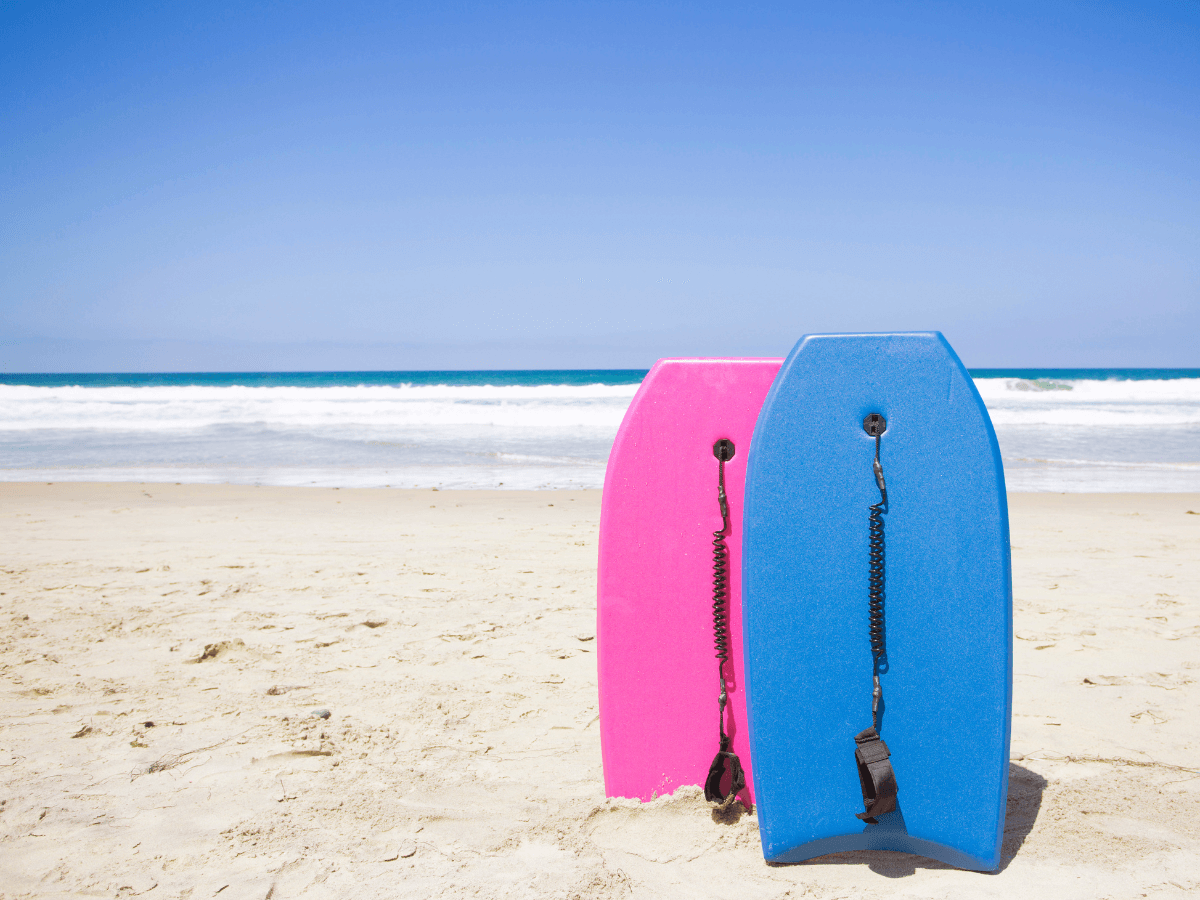Stand-up paddleboarding (SUP) has seen a surge in popularity over the past decade, offering a fun and active way to explore lakes, rivers, and coastal waters. Now, a new innovation is emerging that could change the way we experience the water: electronic paddleboards.
Often referred to as e-SUPs, electronic paddleboards come equipped with built-in motors and battery-powered propulsion systems. While still relatively niche, their popularity is growing among those looking to paddle further, save energy, or explore in tougher conditions.
But what exactly are electronic paddleboards, how do they work, and are they worth the extra investment? In this article, we’ll break down the pros and cons, explore real-world use cases, and help you decide whether an e-SUP deserves a spot in your gear collection.

What Is an Electronic Paddleboard?
An electronic paddleboard is a stand-up paddleboard enhanced with an electric motor and rechargeable battery system. Unlike traditional SUPs that rely entirely on manual paddling, e-SUPs offer a motor-assisted boost that helps propel the board forward.
Most models include:
- A waterproof lithium-ion battery housed within the board
- A compact, low-noise motor built into the fin, hull, or jet propulsion system
- A remote control or built-in trigger for managing speed
- Several speed modes or boost functions
- Reinforced construction to handle the added tech weight
When turned on, the motor draws power from the battery to push the board forward at speeds typically ranging from 5 to 10 km/h. Riders can toggle between modes to conserve battery, coast manually, or engage full motorised power when needed.
Pros of Electronic Paddleboards
Easier Travel and Longer Distances
One of the biggest advantages of electronic paddleboards is the ability to travel farther with less physical effort. This makes them ideal for longer excursions, coastal tours, or reaching hard-to-access spots that would be exhausting to reach using traditional paddling alone.
Great for Beginners
For newcomers to paddleboarding, balancing on the board and paddling at the same time can be challenging. Electronic paddleboards can help by maintaining a consistent speed and reducing the need to over-exert early on. This can help beginners build confidence and enjoy the sport without becoming overwhelmed.
Helpful in Challenging Conditions
E-SUPs come into their own when facing strong headwinds, tides, or fast-moving currents. The motor allows users to power through difficult conditions that might otherwise cut a session short or require advanced paddling skill.
Versatility
Many electronic paddleboards allow the user to switch off the motor entirely and paddle manually. This flexibility is great for those who want the option of both powered and traditional SUP experiences depending on the day.
Support for Older or Less Mobile Users
An electronic paddleboard can make the water more accessible for people with limited strength, joint issues, or recovering from injury. It allows more people to enjoy time on the water without the physical strain.

Cons of Electronic Paddleboards
Higher Cost
Electronic paddleboards are significantly more expensive than traditional models. Prices typically start at around £1,000 and can go up to £3,000 or more depending on features, range, and build quality.
Added Weight
Due to the inclusion of a battery and motor, e-SUPs are noticeably heavier. This can make them more difficult to carry, transport, or launch, particularly if you’re heading out alone.
Limited Battery Life
Most e-SUPs offer between 60 to 120 minutes of motorised use, depending on the speed settings and rider weight. If you run out of battery mid-session, you’ll need to paddle manually to return, so planning is key.
Maintenance and Repair
More components mean more maintenance. Batteries need proper charging and storage, motors may require cleaning, and the electronics must remain sealed and waterproof. There’s also the possibility of software or hardware faults over time.
How Do Electronic Paddleboards Compare to Traditional SUPs?
While traditional paddleboards offer a great physical workout and complete freedom from technology, electronic paddleboards offer enhanced capability for specific needs. Those who enjoy a more active, unplugged experience may prefer a traditional board, while adventure paddlers or those looking to overcome environmental or physical limitations may benefit more from an e-SUP.
Electronic boards are also useful for certain activities like SUP fishing, touring, or wildlife photography, where stillness or range is more important than exercise.
Are Electronic Paddleboards Worth It?
Electronic paddleboards can absolutely be worth the investment, depending on how you plan to use them. They make paddleboarding more accessible and enjoyable for a wider range of people, from beginners to seasoned explorers.
You may want to consider one if:
- You want to go further without getting tired
- You often paddle in rivers, estuaries, or windy coastal areas
- You’re looking for assistance due to age, injury, or limited mobility
- You enjoy SUP as a method of touring, commuting, or fishing rather than just fitness
However, if you paddle short distances, prefer a more active workout, or have budget constraints, a regular inflatable or hard SUP might be the better option.

Popular Electronic Paddleboard Models to Explore
If you’re considering buying an e-SUP, here are some recommended models:
- Sipaboards Drive Neo
A sleek, all-round board with an integrated motor and Bluetooth controls. - Jobe E-Duna 11.6
A high-performance touring board with a strong battery and built-in jet propulsion system. - Torque Jetboard SUP
Designed for performance and thrill-seekers with powerful acceleration and great manoeuvrability. - Scubajet SUP Kit
Not a full board, but a modular motor kit that converts your existing paddleboard into an e-SUP.
When choosing, look for details such as motor power (watts), battery life, recharge time, remote control type, and whether the motor is built-in or removable.
Final Thoughts
Electronic paddleboards represent an exciting evolution in paddle sports. Whether you’re looking to explore more, overcome physical barriers, or simply enjoy a more relaxed day on the water, they offer a compelling alternative to traditional SUPs.
As with any big purchase, it’s worth trying one out if you can before buying, and considering your long-term paddleboarding goals.
FAQs
How fast do electronic paddleboards go?
Most models offer speeds between 5 to 10 km/h, with speed depending on board design, rider weight, and water conditions.
Can you use them like a regular paddleboard?
Yes, most electronic paddleboards function as standard SUPs when the motor is off or battery is depleted.
Are they allowed everywhere?
Check local waterway regulations, as some areas (particularly nature reserves or quiet zones) may restrict motorised watercraft.
How long do the batteries last?
Typical battery life is 1 to 2 hours of continuous use. High-capacity models may offer more time at lower speeds.





